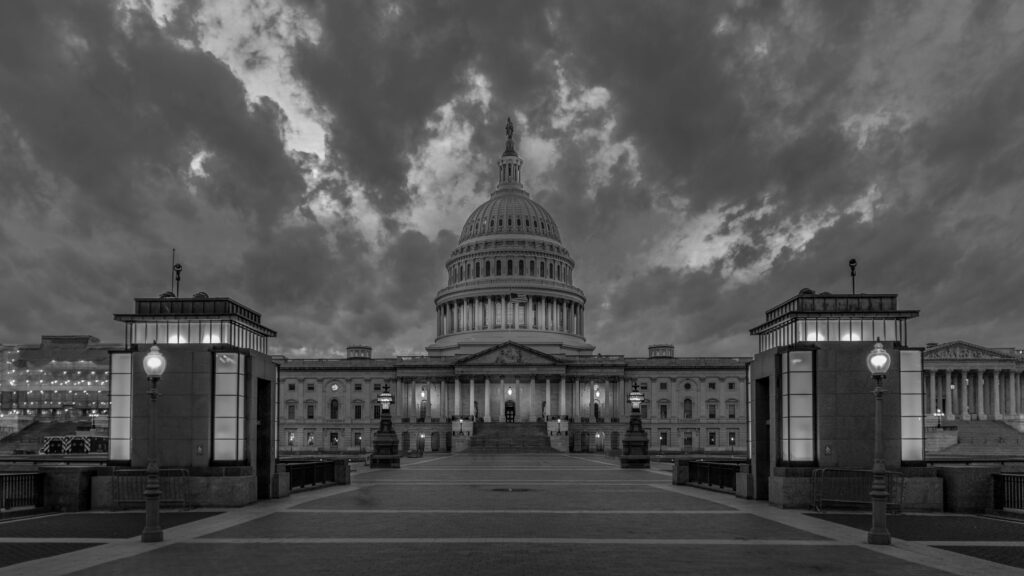The Washington D.C. Riots of 1919, also known as the Red Summer Riots, took place from July 19 to July 24, 1919. The riots were a result of increasing racial tensions between African American and white residents, as well as tensions between African American soldiers and white civilians during the aftermath of World War I. The riots were triggered by an incident in which an African American soldier was attacked by a white civilian. The incident quickly escalated into a larger conflict between African American and white residents, leading to widespread violence, looting, and arson.
During the six days of the riots, at least six people were killed and many were injured, while numerous homes and businesses were destroyed. The Washington D.C. Riots were part of a larger pattern of race riots that took place across the United States during the Red Summer of 1919. The riots in Washington D.C. were one of the largest and deadliest race riots in the city’s history, and they had a significant impact on the city and its residents. The riots led to increased racial tensions and a heightened sense of mistrust between African American and white residents.
The Washington D.C. Riots of 1919 were a significant event in American history, as they highlighted the deep racial divides that existed in American society after World War I and the ongoing struggle for racial equality in the United States. The riots were a turning point in the struggle for civil rights, as they demonstrated the need for better law enforcement and the importance of preserving civil order during times of national crisis.

